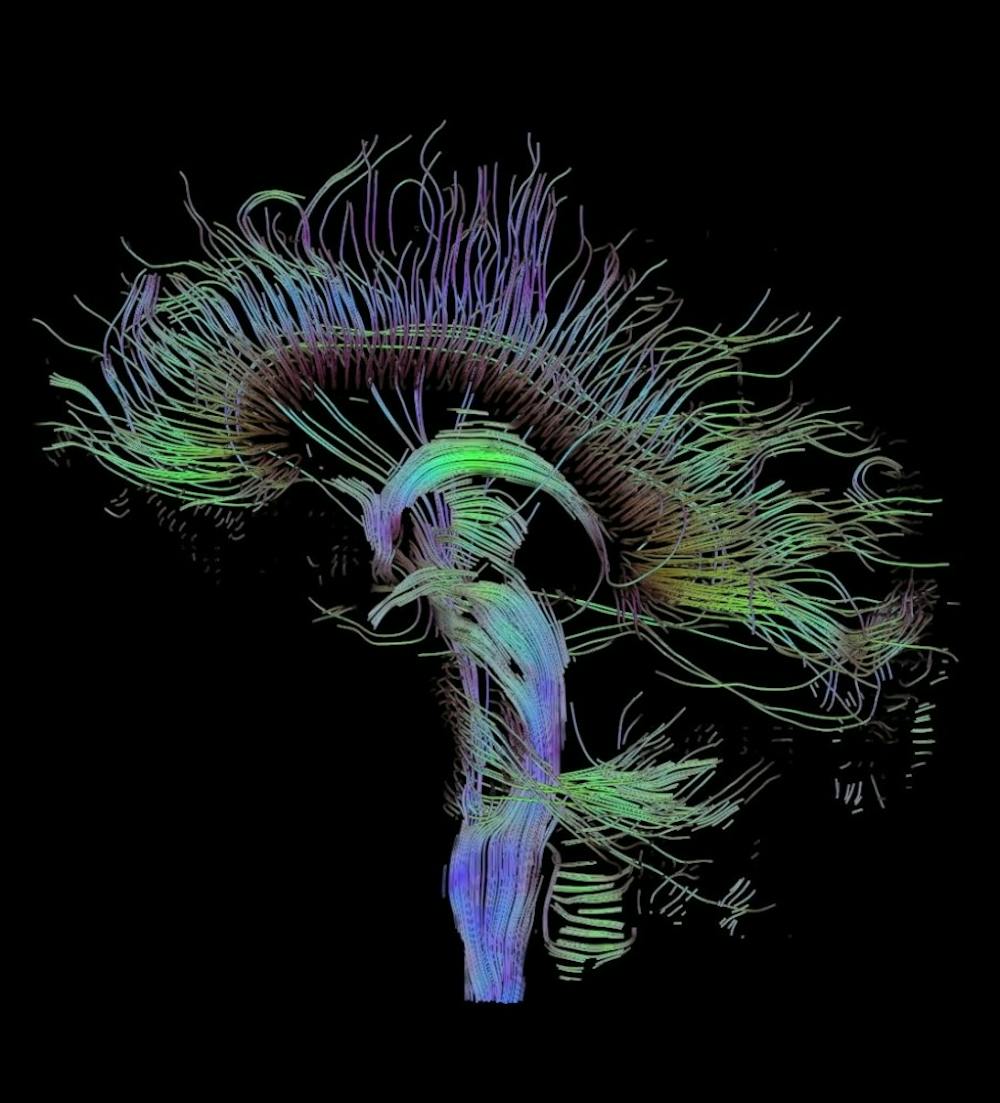Your every life experience can be defined by two main types of actions.
There are the automatic, repetitive actions typical of your daily routine that require little thought about their value and consequence.
For example, you (hopefully) brush your teeth, likely without much thought about why you are doing so. And it doesn’t matter — you do it because that’s what you always do. These actions are called habits, and they are of interest to many others, including neuroscientists, therapists, marketers hawking their goods and those brave souls still clinging to their New Year’s resolutions.
The other type of actions are decisions where the value of their outcomes must be carefully evaluated, such as behaviors associated with certain goals. This category includes most novel decisions and dilemmas that we encounter every day, the types of life choices we are may cherish or begrudge, such as deciding whether to attend a certain party, taking a new route back to your dorm or attending the office hours for a specific professor on a given day.
Both of these types of decisions are addressed by the same brain region, a curled structure snuggled beneath the snarled cortex of your brain, and known as the striatum. Both habits and reward-associated decision-making live and die here, and this is where it was suspected that goal-driven behaviors transform into habitual ones. It is also where so much can go wrong, from drug abuse to neurodegeneration. Recent studies have continued to build on the understanding of habit formation in this structure, specifically in the dorsolateral striatum (DLS), or the upper and outer quadrant of this subcortical mass. For almost a decade, it has been established that this area is critical for habitual behavior, but the exact changes that occur during the transition of goal-oriented behaviors into habits were unknown until a paper identifying specific features of habits in the DLS of mice was published in Neuron this month.
Many studies that deal with habit and learning use mice, offering them something they tend to love (like sugar pills) if they play certain games, such as pressing at a mouse-sized lever. The intercollegiate team of scientists from Duke University and Brandeis University also employed this strategy when they set out to investigate the changes in electrical activity associated with habits in the DLS area of mice brains.
Led by Professor Nicole Calakos of Duke University, whose lab specializes in studying the molecular mechanisms of synaptic plasticity — how the brain changes its communication over time — the team used a photon imaging technique and specially designed training regimens with their mice to measure the activity of the DLS.
The striatum is a gateway through which instructions from the cortex may pass. This is the heart of decision-making, the part where we do or fail to do something based on the calculations within our brain. Much of it happens subconsciously. This gateway has two paths, a “go” and “no go” pathway. The “go” pathway activates motor instructions while the “no go” path shuts them off. While they seem like opposite actions, recent findings show that taking action requires a certain balance between the two pathways. Every action requires certain motor patterns to be active and others to be simultaneously shut off.
Calakos and her colleagues created groups of mice in different spectrums of habituation to lever-pressing. By observing the rodents’ brains and using novel imaging techniques to measure the activity of both “go” and “no go” projections at the same time, they found that the more habituated the mouse, the stronger both pathways became. The researchers found it more surprising that the sequence at which they were activated was just as telling.
The researchers could determine how relatively “lever-manic” a mouse was based on how much earlier its “go” pathway fired relative to the other mice. These two findings, that both pathways were strengthened and that the “no go” pathway follows the “go” pathway in habit-formed mice, provides a novel story as to how the DLS encodes habits.
The researchers went further than this, testing habit suppression as well as formation. Training mice in two groups, one well-habituated and the other strongly goal-oriented with regard to pressing the levers, the scientists suppressed the levels of lever-pressing by withholding a periodically delivered sucrose pill. They found that the elimination or reduction of lever pressing by habit was associated with a weakening in the “go” pathway alone.
Overall how we fall into bad or good habits ultimately comes down to electrical patterns in this part of the brain. Learning more about its mechanism can provide wide-ranging applications, such as helping to solve drug addictions and other behavioral maladies. Determining whether these findings translate to humans will be the next milestone in this area of research.





